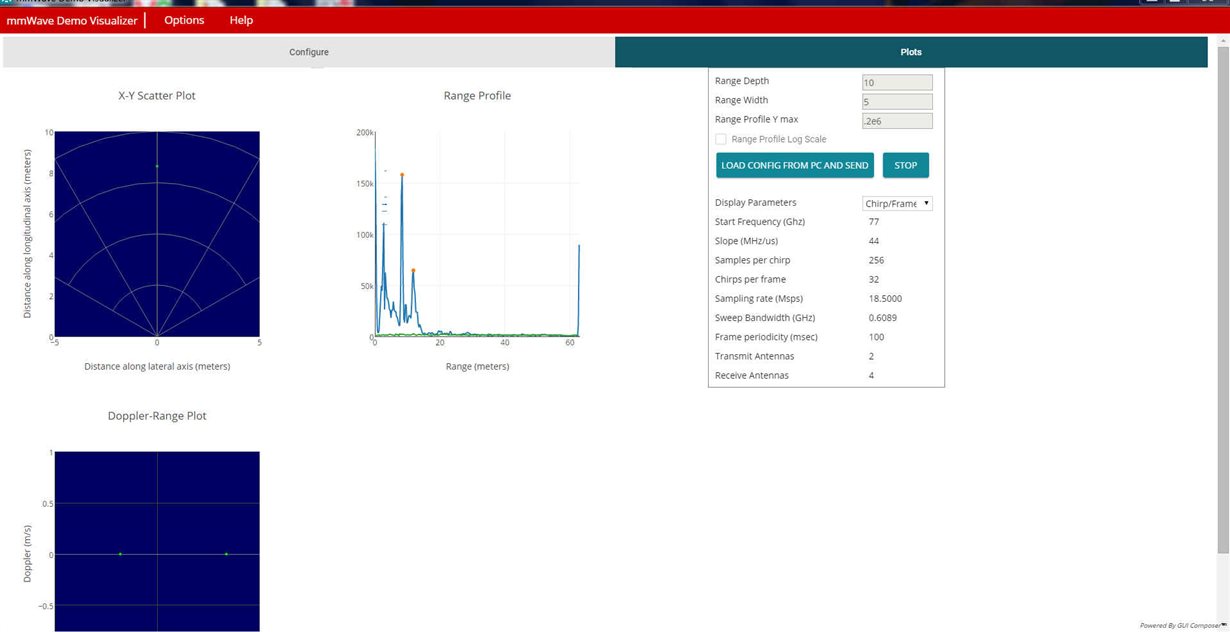Other Parts Discussed in Thread: AWR1642,
1. ADC I/Q data are saturated with minimum receive Gain 24, any other way to reduce the gain?
2. in receive subsystem page 50 of IWR1443 data sheet, what "saturation detection do"?
3. Can ADC data be averaged before sending to FFT accelerator?
Can anyone answer these questions?
Thanks,



